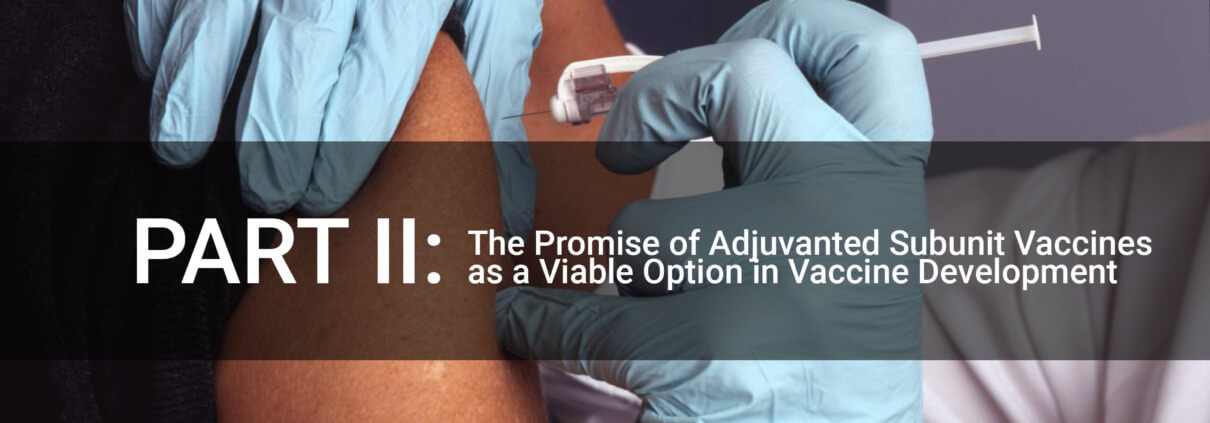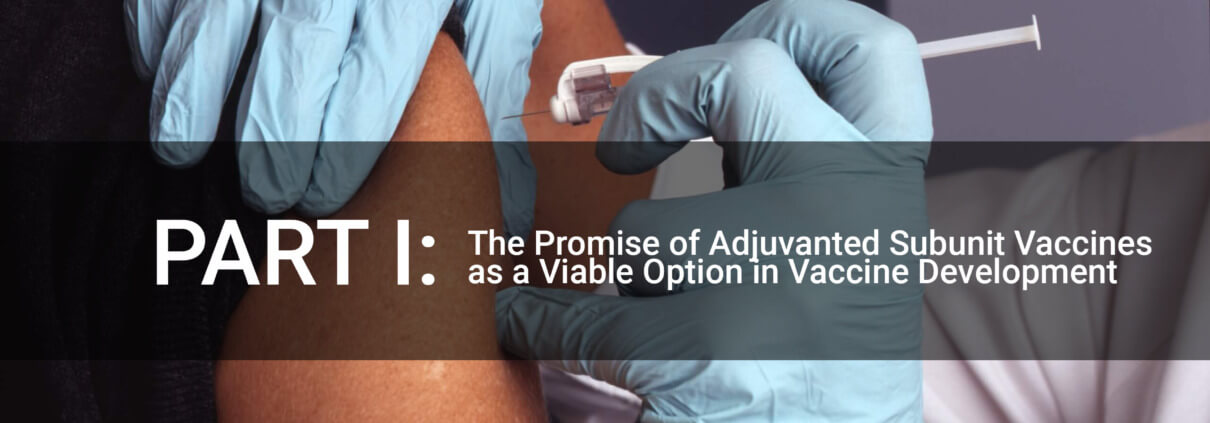Viro Perspectives
Learn more on the topic of Varicella Zoster Virus (VZV) via our ongoing series of clinical posts by David Kilpatrick, PhD and Abbas Vafai, PhD.
INTRODUCTION: In this follow-up report, we discuss several adjuvanted SARS-CoV-2 subunit vaccines in development. In general, subunit vaccines exhibit low immunogenicity and require assistance from an adjuvant to enhance a robust vaccine-induced immune response. The S glycoprotein of SARS-CoV-2 is the preferred viral protein to induce neutralizing antibodies due to its known immunogenic properties. The […]
INTRODUCTION: Over the last several decades, subunit vaccines have shown consideration for vaccines. About 30 years ago, scientists developed a potential subunit vaccine for the varicella-zoster virus (VZV).1 A subunit vaccine’s advantage is several-fold, including not needing to grow and inactivate live viruses (or create an attenuated virus strain) and use the most antigenic portion […]
INTRODUCTION Herpes zoster (HZ) is caused by reactivation of latent varicella-zoster virus (VZV) within the cranial nerve or dorsal root ganglia after primary infection. There is a lifetime risk, ~10% to 30%, of HZ in adults, but is rare in healthy children. Immunocompromised individuals have an increased risk of other diseases, including HZ. Risk of […]



